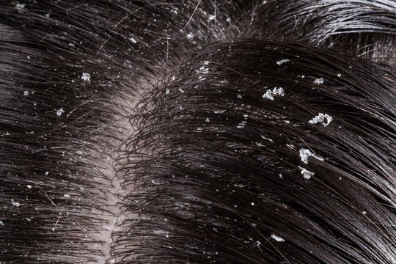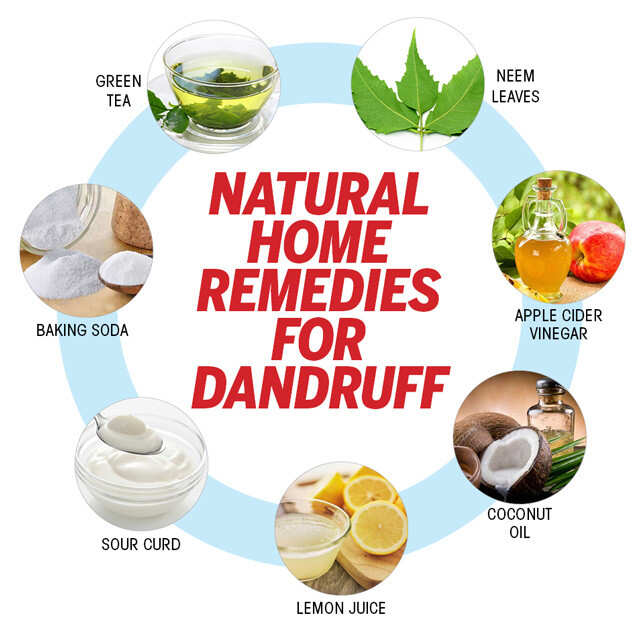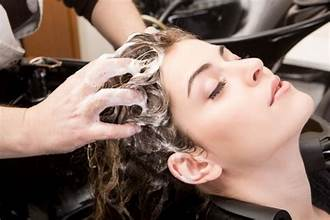Dandruff has become a source of embarrassment for me.
Updated: October 18, 2025
The condition known as “Hair Dandruff” causes rough white flakes to appear on your scalp while producing an unpleasant itchy sensation. The typical dandruff condition hurts normal people who experience shame because of it.

There are many reasons for dandruff, which include:
Dry Skin: The combination of indoor warmth and outdoor cold nights makes the scalp dry enough to damage hair health.
Malassezia Fungus: The fungal infection known as Malassezia lives in hair follicles on the scalp. More fungus than normal feeds your scalp disease named dandruff.
Seborrheic Dermatitis: When hair follicles turn dry and fat-packed, they create heavy dryness throughout the hair.
Differentiate Dandruff from Dry Skin:
Both dandruff and dry scalp create an irritated scalp that sheds white skin flakes. However, they have different causes and symptoms:
Dandruff

If you produce excessive oil your dandruff flakes become large oily pieces that easily attach to your hair brush. When you have dandruff, your scalp feels oily and itchy while developing red scaly patches.
Dry scalp
When moisture flows out of the scalp the flakes become tiny white and powdery. A dry scalp doesn’t just feel tight it catches onto any existing dryness in the scalp.
Home Remedies:

Neem Leaves Paste: Press your neem leaves until they become a fine paste. Put neem leaves paste on your hair and let it rest in yogurt for half an hour then wash out. Neem leaves demonstrate their antifungal qualities by fighting dandruff effectively.
Lemon and Coconut Mixture: Apply coconut oil mixed with half lemon juice to your hair roots then rub it in for 15 minutes and rinse out. The treatment controls scalp wetness and builds stronger hair shine.
Aloe Vera Gel: Spread genuine Aloe vera gel onto your scalp area and remove it after 15 minutes of treatment. This product adds moisture to your scalp which reduces bothersome scratching.
You should see a doctor for dandruff if:
Symptoms persist: The problem stays after using an anti-dandruff product on your scalp for thirty days straight.
The scalp is red or swollen: You notice red tender patches that swell on your scalp area.
The scalp is itchy: Strong scratching on your head creates discomfort.
The scalp is infected: Your scalp appears infected
Dandruff is severe: When your dandruff needs professional attention you require medical assistance.
Dandruff spreads: Dandruff shows up beyond your scalp surface.
Your dermatologist will perform a diagnosis and then plan appropriate treatment methods. Your doctor provides different medical options such as medication and light treatment with mostly painless procedures.
Prevention Strategies:
Problematic dandruff can disappear when you create a proper hair hygiene routine and select the right products while eating healthy foods.
Regular Hair Washing: Regular hair washes eliminate oil and dry skin that builds up on your scalp surface. The right hair-washing frequency matches your scalp and hair needs. People with oilier scalp types need regular washes but dry scalps should be cleaned less often. Now and then using a light shampoo helps control the buildup of oils and dead skin cells on the scalp.

Avoiding Irritating Hair Products: Your scalp can become irritable and dandruff worsens when you apply some wrong hair care products. Choose products that avoid alcohol and aromatic ingredients because they naturally dry your scalp and skin. Choose mild hypoallergenic hair care items to remain calm and healthy.
Dietary Considerations: Dietary choices affect your skin and scalp’s overall health. A complete food mix that provides essential nutrients helps keep your scalp healthy. When you eat a lot of sugary snacks and fatty foods your scalp becomes more inflamed and gets more dandruff. To improve your scalp health, eat fewer processed and simple foods.
Conclusion:
Dandruff proves to be a normal scalp problem that people experience regularly. To manage dandruff, you need to identify its reasons and use suitable treatments with basic steps such as normal hair washing and product selection balanced with proper nutrition. See a doctor or dermatologist for better solutions when your precautions do not work against dandruff.





